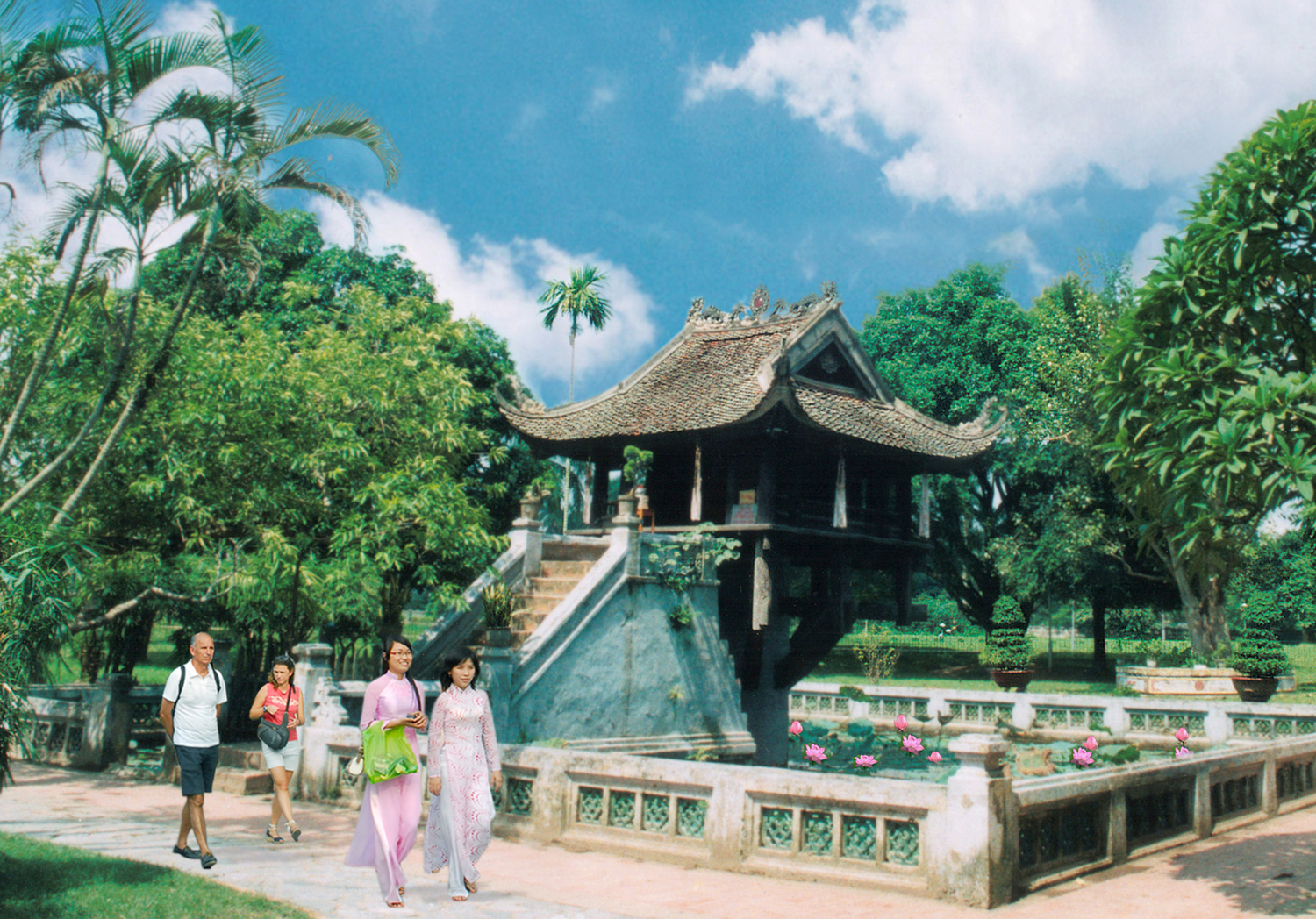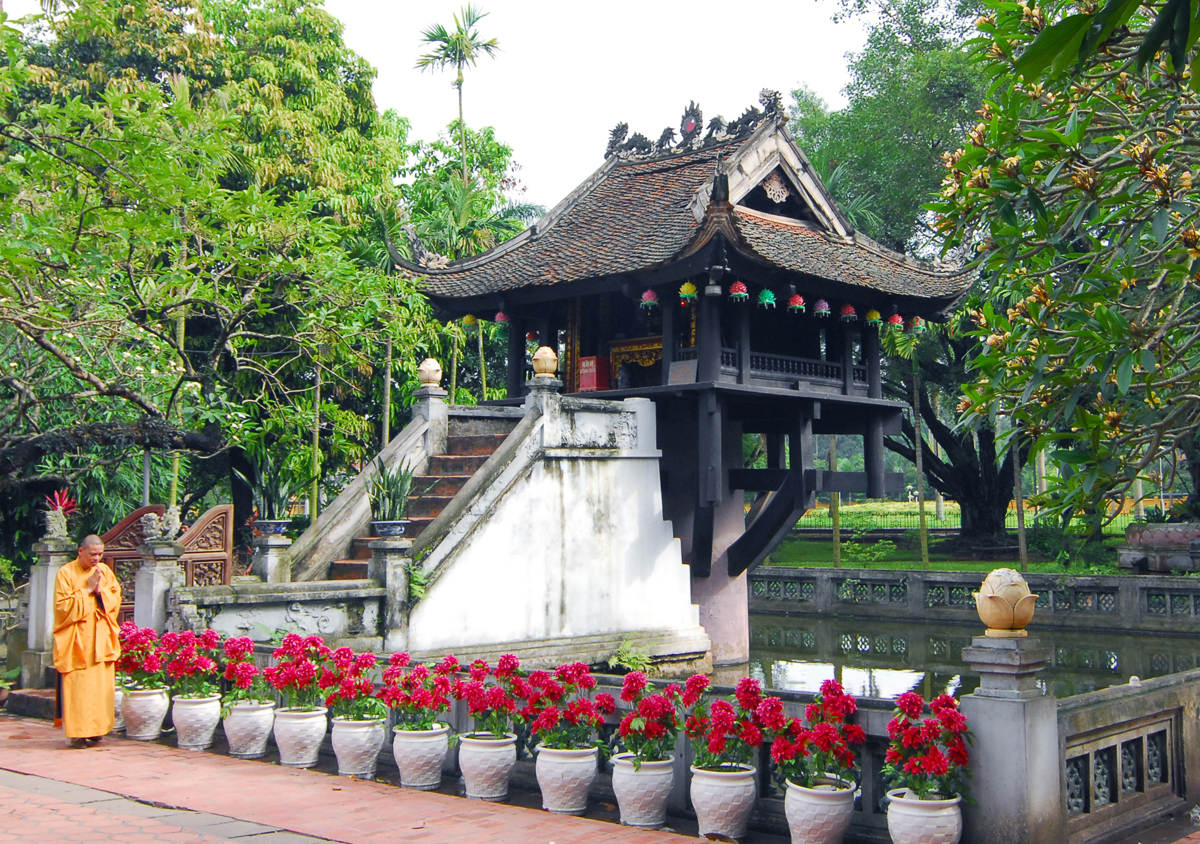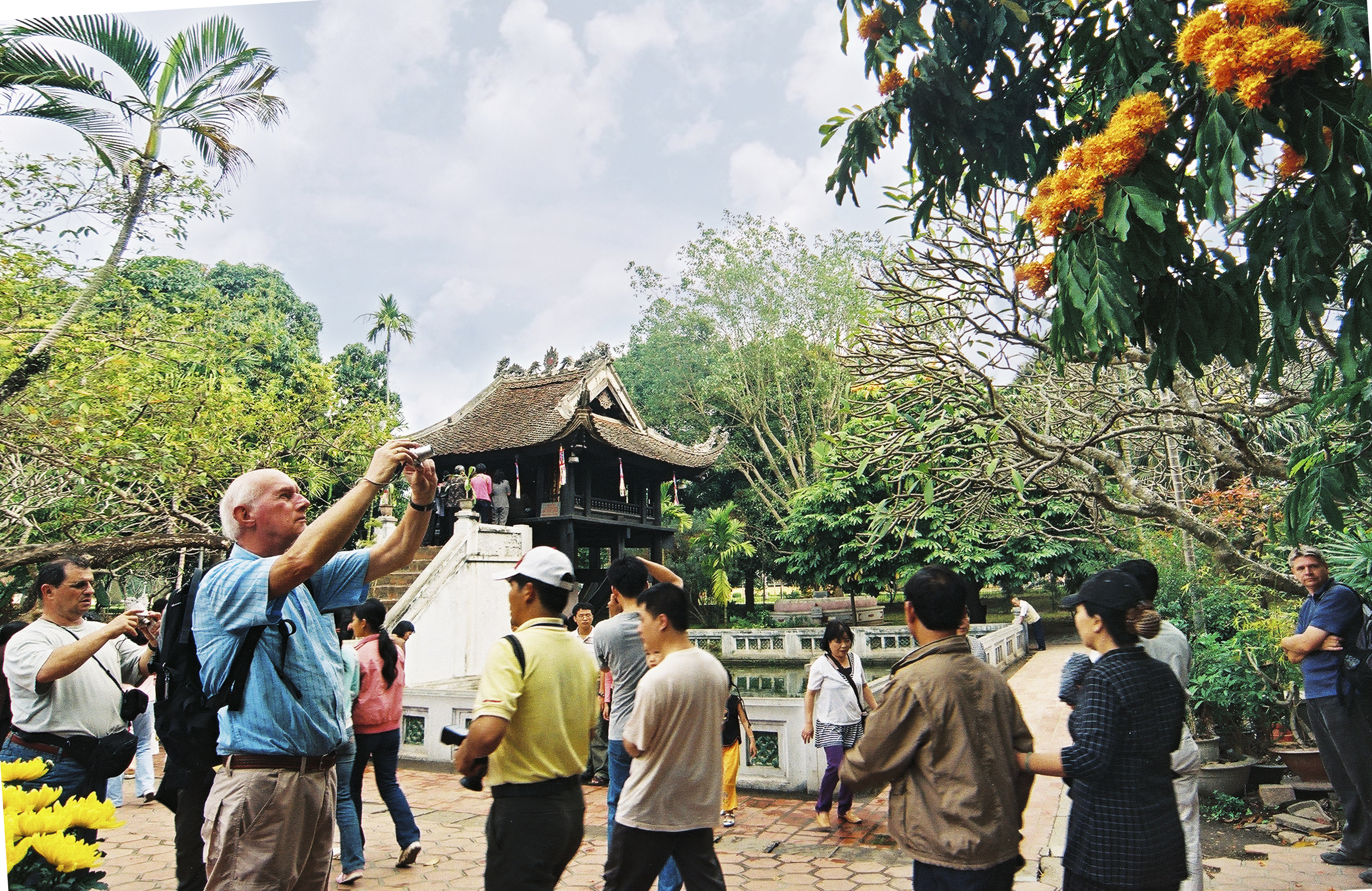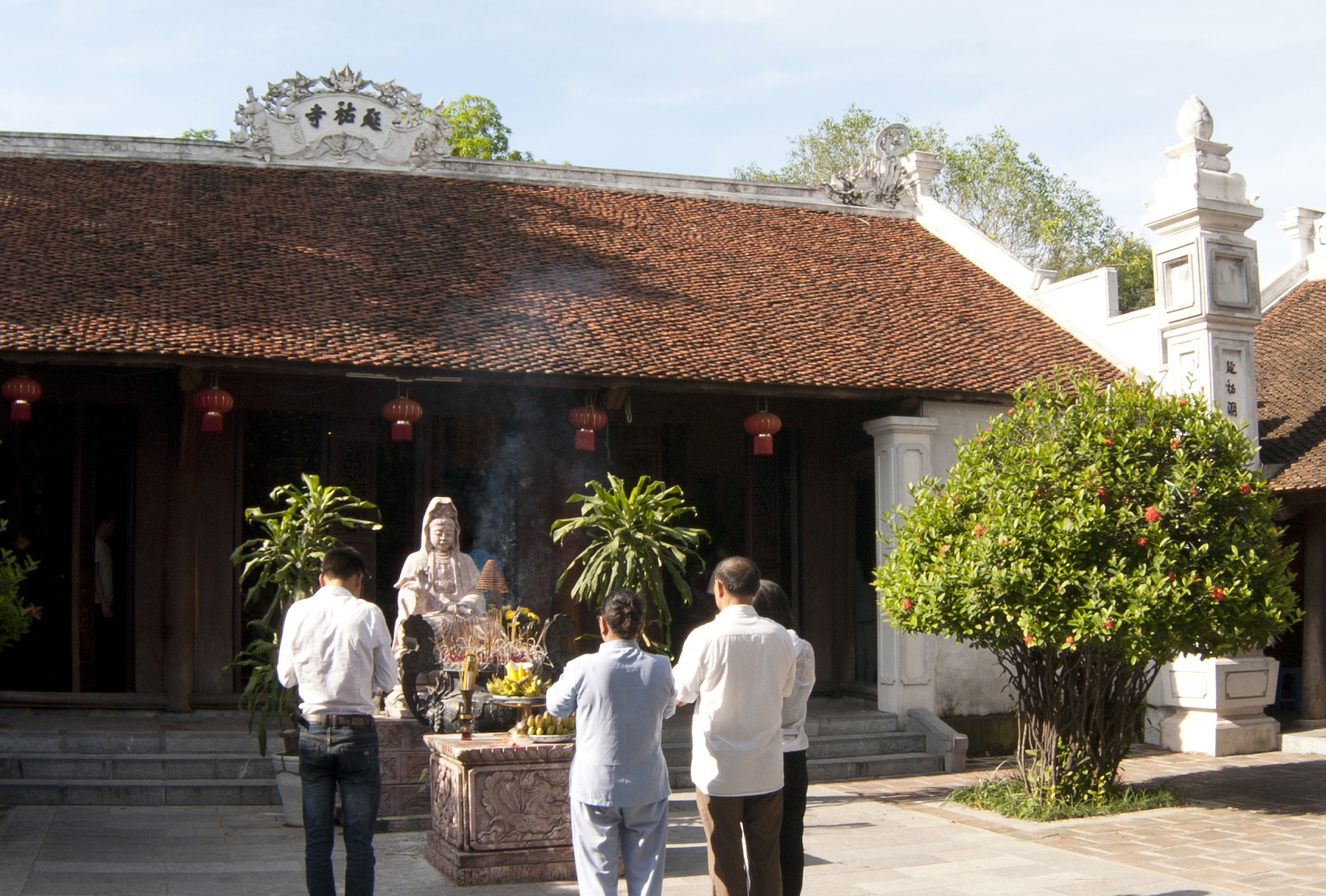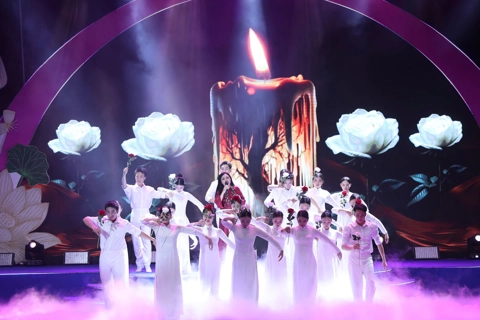One-pillar Pagoda, symbol of a-thousand-year culture in Hanoi
As the most impressive tourist attraction in the tours around Hanoi, the pagoda is one of the historic destinations that no one can ignore when experience the city’s cultural beauty.
Having the significance in history, culture, and unique architecture, One-pillar Pagoda in downtown Hanoi has existed for nearly 1000 years and has become one of the typical symbols of the capital city.
As the most impressive tourist attraction in the tours around Hanoi, the pagoda is one of the historic destinations that no one can ignore when experience the city’s cultural beauty.
With great values of history, humanity and Buddhism thought, the pagoda was officially recognized as “The Pagoda with the Most Unique Architecture in Asia” by the Asia Record Organization, becoming a must-see destination in the itinerary of any tourist to Hanoi.
The pagoda rising from the lake means a lotus reaching out from the mud to get pure and elegant energy. So, people also call this pagoda Lien Hoa Dai (meaning the lotus temple).
With typical architecture and long history as well as vital spiritual significance, One-pillar Pagoda is recognized as the National Architectural and Historical Relic in 1962.
| One-pillar Pagoda has only a tiny wooden temple situated on a large stone pillar in the middle of Linh Chieu lake. The structure of this construction consists of 3 main parts: stone pillar, Lien Hoa temple, and the roof. |
| One-pillar Pagoda is not only spectacular but distinctive and unique in terms of architecture. The pagoda was built on a single stone pillar and extremely solid. Lotus, the flower representing delicate beauty is regarded as symbol of pagoda. It is also the symbol of intelligence and eternity. |
| The pagoda is the pride of the Vietnamese, Vietnam’s Buddhism, ancient Thang Long people as well as of today Hanoians, said Most Venerable Thich Tam Kien, abbot of One-pillar Pagoda. |
| Together with Ho Chi Minh mausoleum and Ho Chi Minh museum, One-pillar pagoda form a significant historical relics complex in Hanoi, becoming the important destination for historical researchers, domestic and foreign visitors. |
The roof of One-pillar Pagoda has red tiles with four bent eaves. On the top of the roof are the two dragons facing each other, which is the symbol of the proliferation, the harmony between yin and yang in the Eastern culture. |

.jpg)
